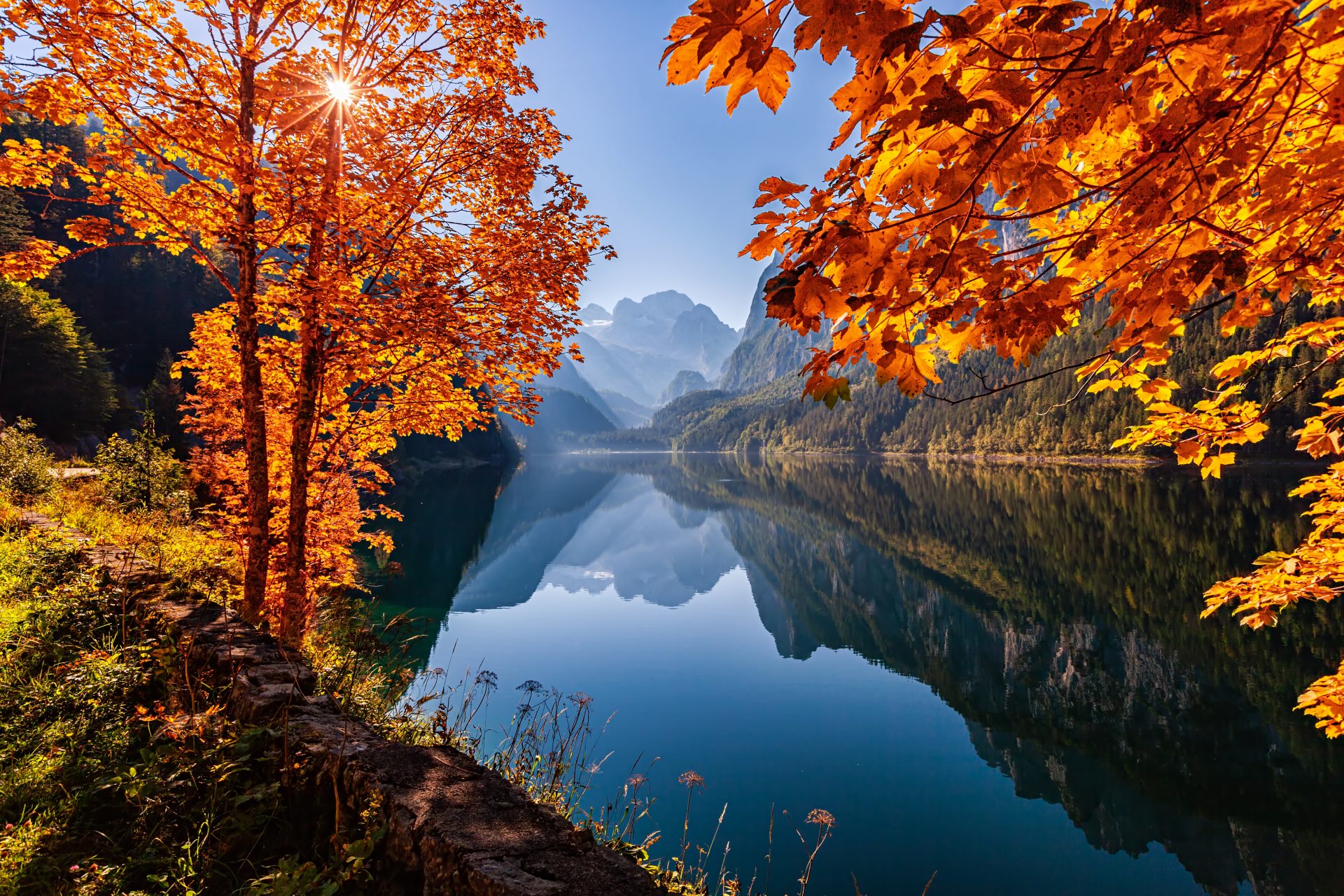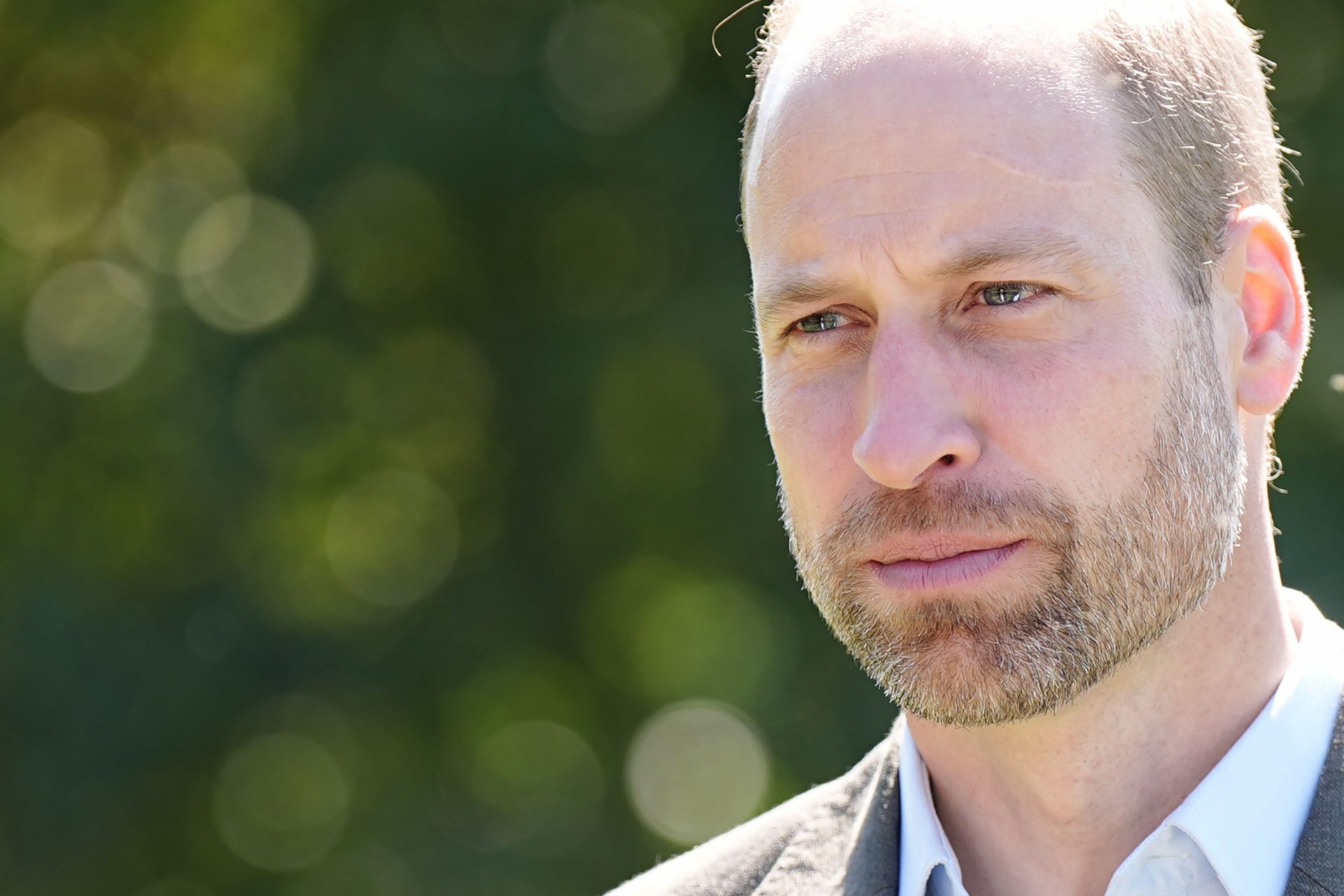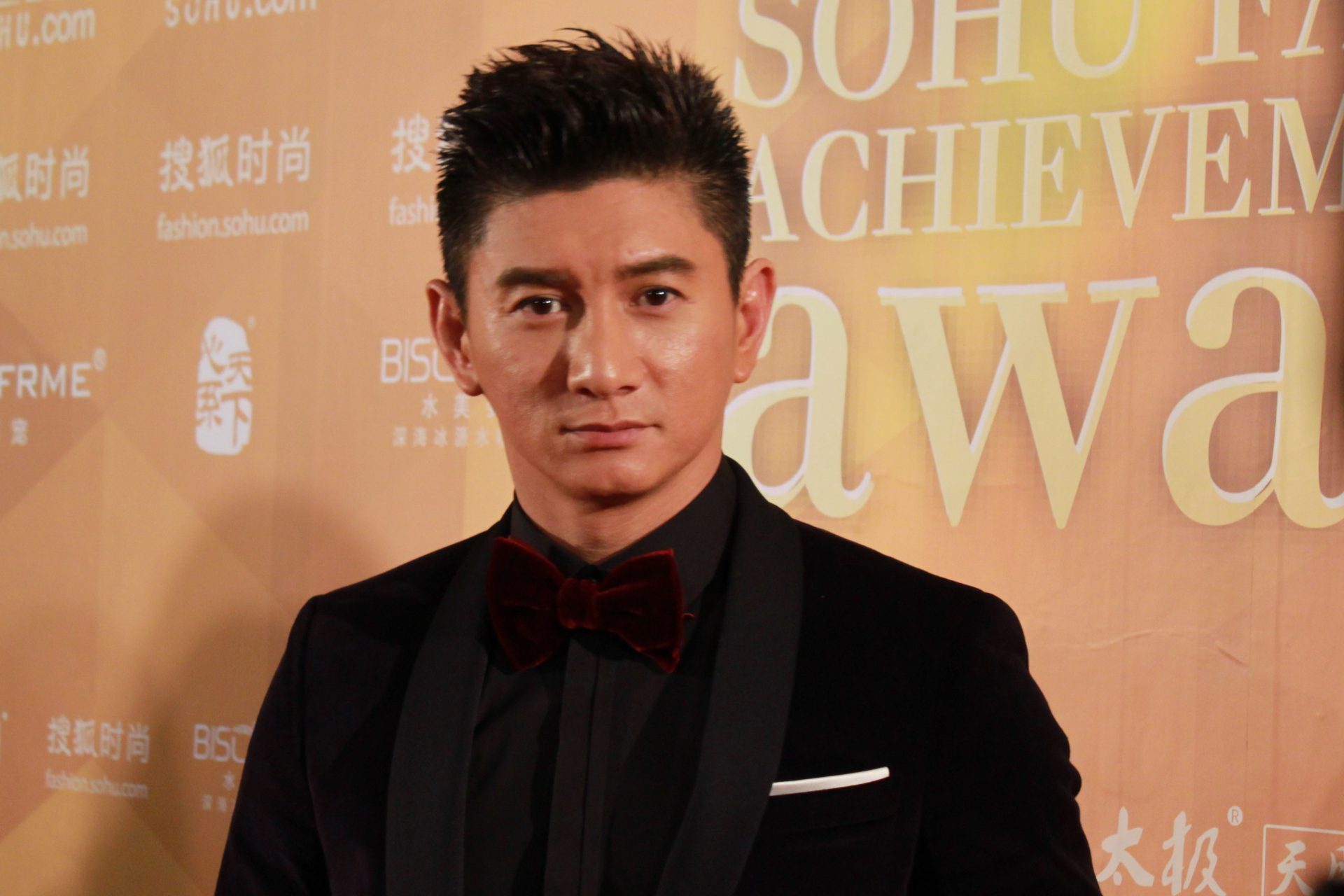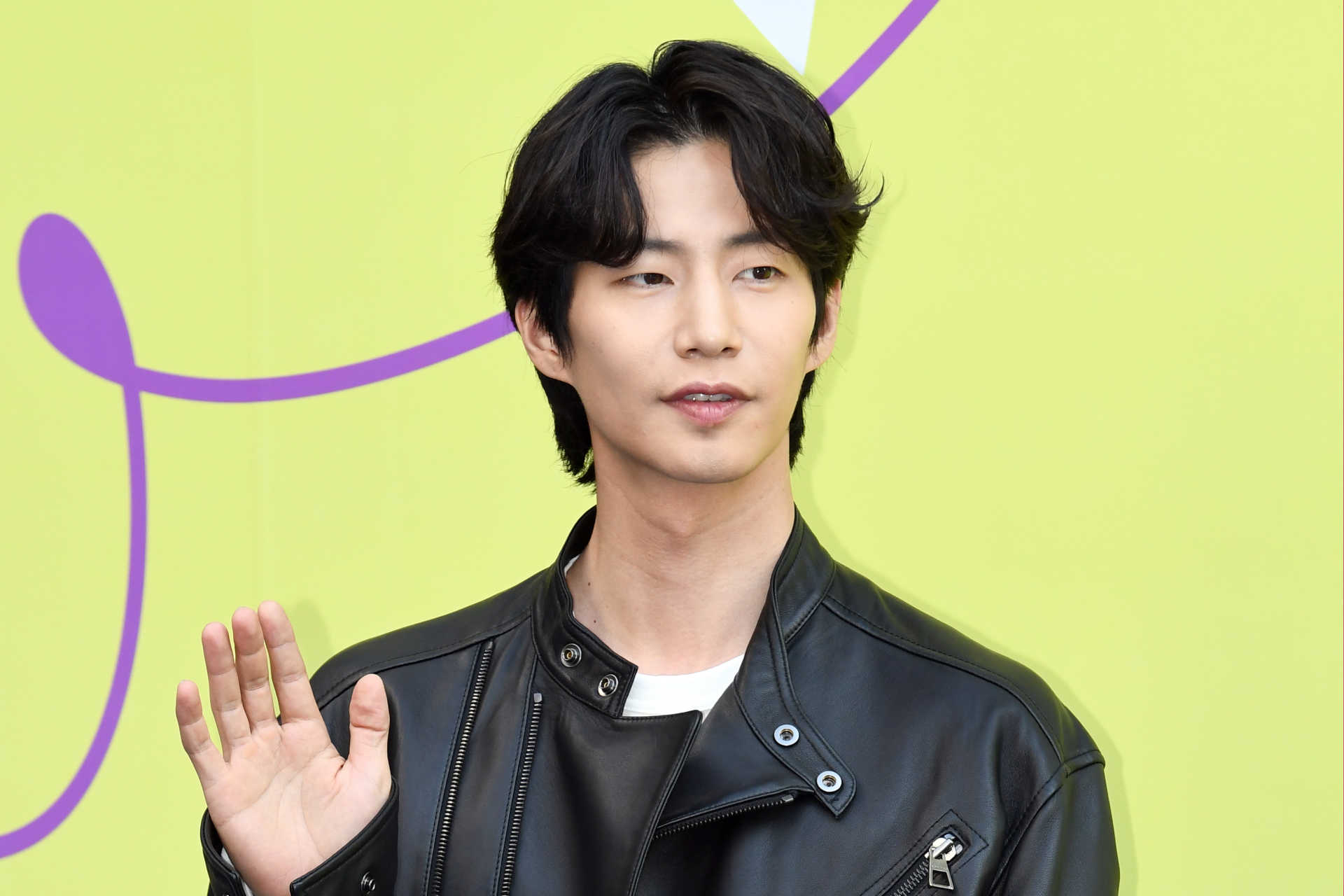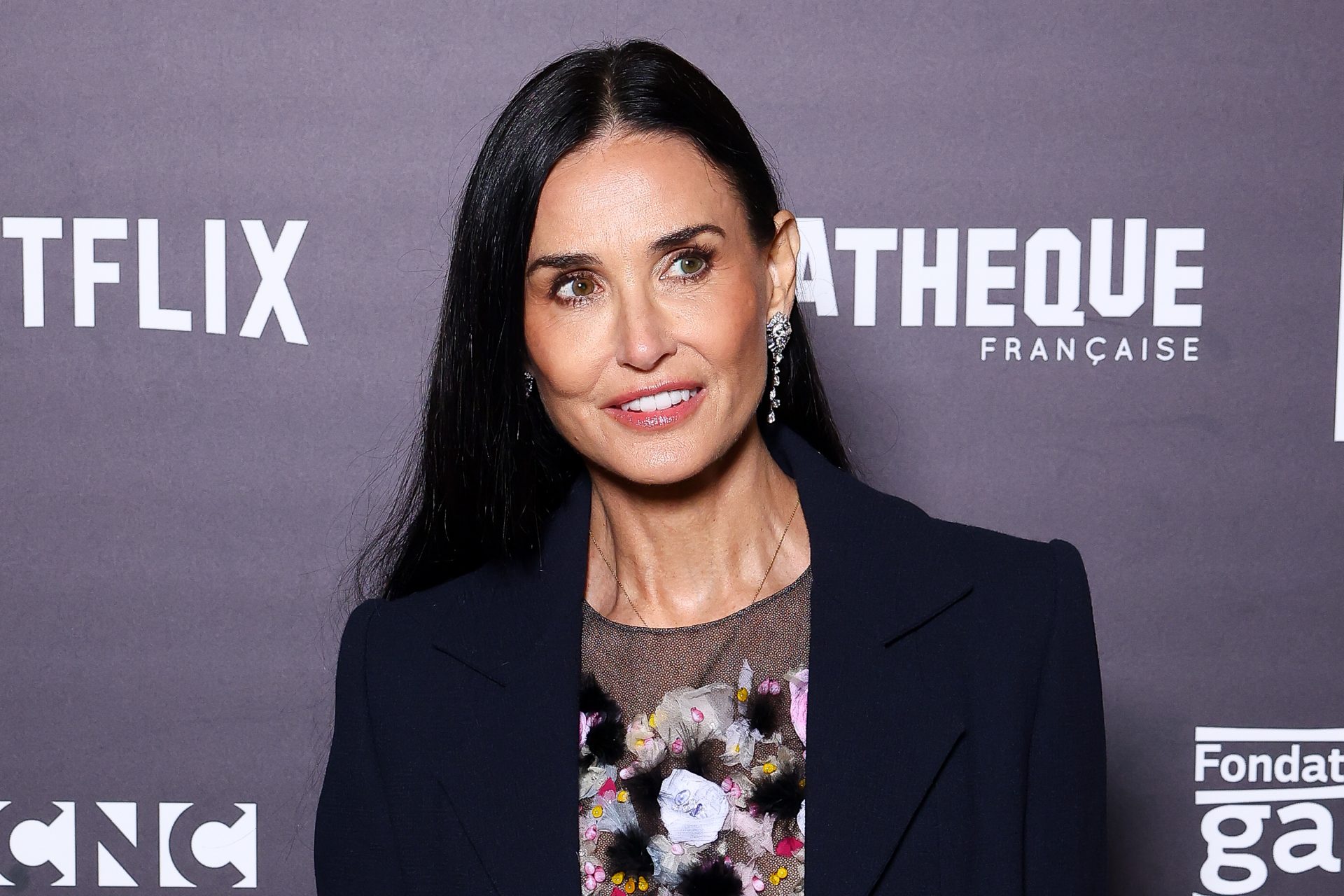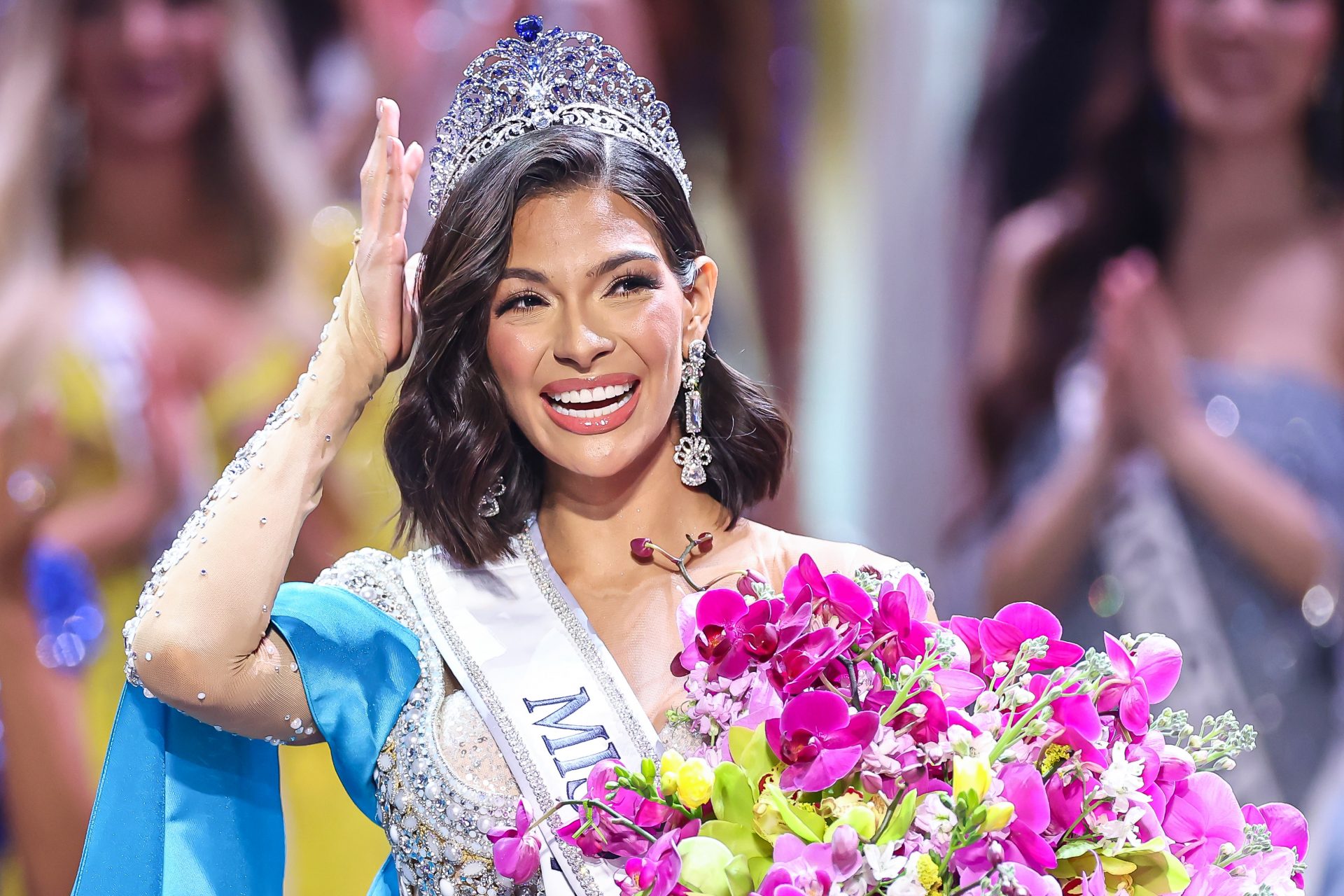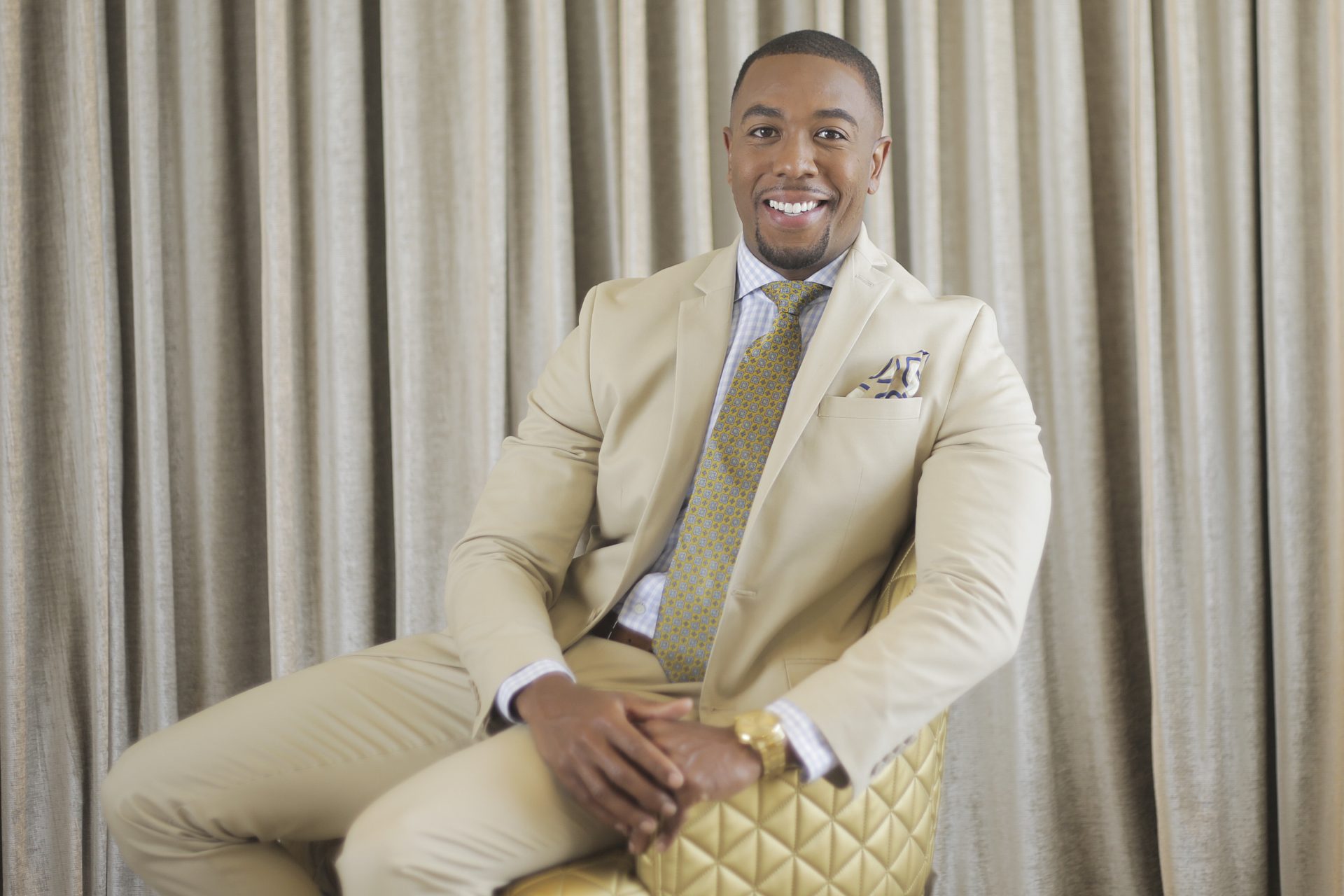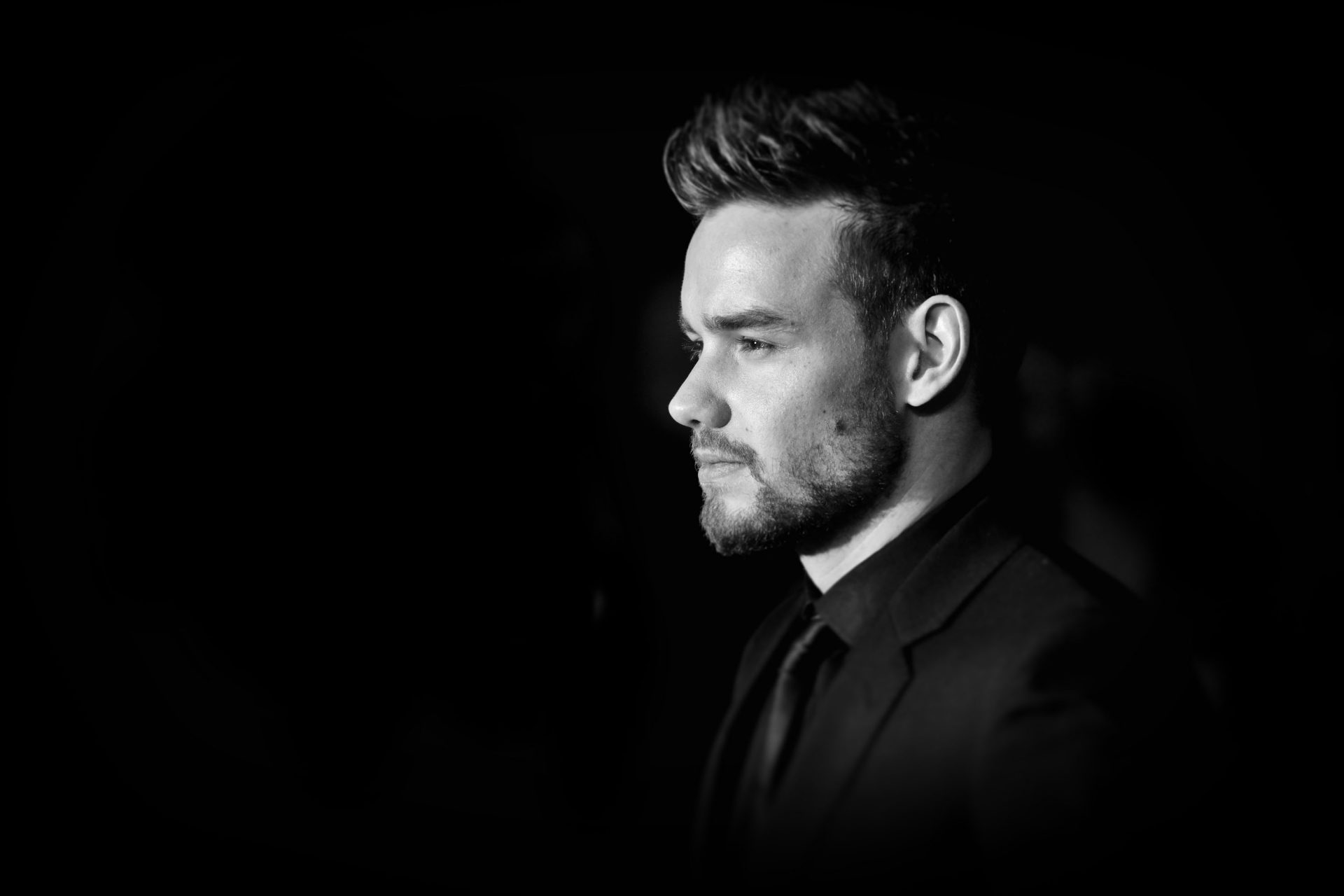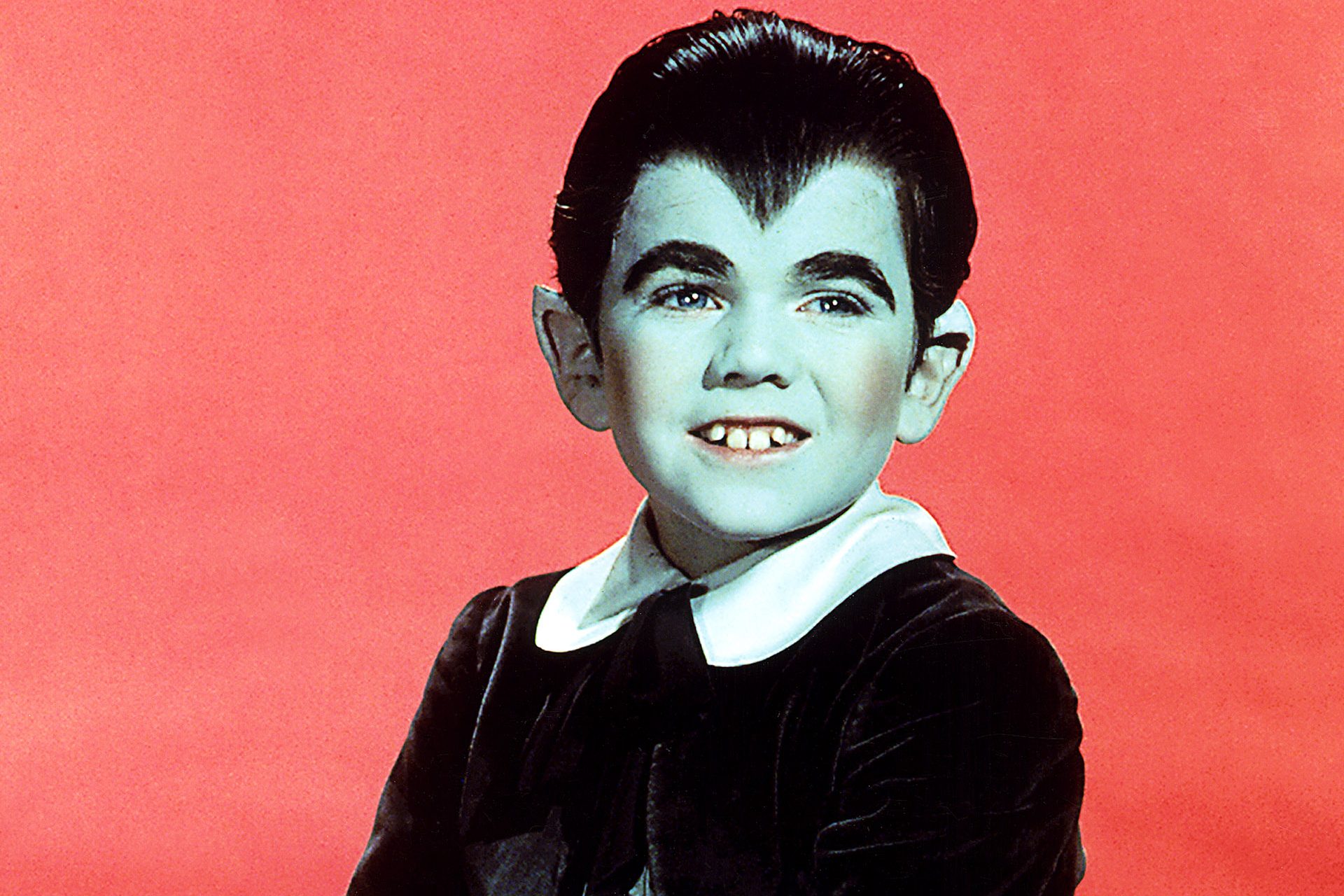World leaders, past and present: do you recognize them?
Time waits for no one, including politicians. Here we look at these past and present lawmakers and how they have changed over time, for better or worse. We start with Germany's first female Chancellor, Angela Merkel, in her early political years, after being elected Federal Vice-President of the CDU and Federal Minister for Women and Youth of Germany in 1991.
After 16 years as German Chancellor, Angela Merkel retired as one of the most influential politicians in German history, not only within Germany but also in Europe. Merkel chaired the G8 Summit and was President of the European Council, both positions only held simultaneously by Britain's Margaret Thatcher.
Here is the current President of the United States, Joe Biden, in 1978, smiling in his office after being elected senator.
Biden's journey to the White House was a long one. He was chairman of the United States Senate Committee on Foreign Relations, the 47th Vice-President of the country under Barack Obama, and since January 20, 2021, the 46th President, following Donald Trump. Biden was the oldest person to assume the presidency at 78 years old.
Here, the former President of the United States, Barack Obama, is seen smiling in 1990 as a law student at the prestigious Harvard Law School. He had just been elected president of the Harvard Law Review.
It would take less than two decades, 19 years to be exact, for this young senator from Illinois to become the 44th, and first African American, President of the United States. Political reforms such as healthcare, relations with Cuba, equal marriage, and Islamic terrorism dominated his presidency.
Donald Trump, who also held the country's highest position in the Oval Office, poses here in 1982. His father, Fred Trump, founded the real estate business that he would inherit and rename the Trump Organization, from which his business empire would be built.
Donald Trump would become an example of a celebrity with no political experience going far in politics. And far he did go, becoming the 45th President of the United States. He has been one of the most controversial leaders of this generation, famous for his lack of care in international relations, and accusations of racism and sexism, among other things. Even his departure from the White House was theatrical, publicized by the infamous Capitol riots.
Justin Trudeau, the current Prime Minister of Canada (second from the left), is seen here for his 1980 Christmas card, aged 9, with his two brothers, Sacha and Michel, and his father, Pierre E. Trudeau, the country's prime minister at the time.
Following in his father's footsteps, Justin Trudeau became Canada's 23rd Prime Minister in 2015. He is a well-liked politician in his country, jokingly known for his great hair, and is considered to have established a modern-day Canada. His most significant international criticism has been Canada's confinement in response to the Covid-19 pandemic.
In 2007, Xi Jinping became the head of the Shanghai Communist Party. It was then that he denounced the existing corruption and promised to create a world financial center in the city.
Six years later, he went from party leader to the 7th President of The People's Republic of China. He has shown few physical and even fewer political changes over this time. As the leader of China, he is working hard to establish himself in power and settle in as the new Mao while confronting the United States' international hegemony.
Socialist Olaf Scholz, current German Chancellor, is shown here in 2001 speaking to the media at a press conference for the Social Democratic Party, for which he was a senator for the interior of Hamburg at the time.
At the end of 2021, Olaf Scholz beat Angela Merkel with the Socialist Democratic Party to become the Federal Chancellor of Germany. His party formed a coalition government with The Greens and Liberals, in what they call the 'traffic light coalition,' owing to the parties' red, yellow, and green colors. His first big challenge in office: the war in Ukraine and the Russian gas crisis.
Boris Johnson, a few pounds lighter and with his hair a bit better combed, poses in his office as a journalist for the Telegraph and editor of the New Statesman in 2000.
Controversial, brash, and with an odd hairstyle, he has often been perceived as the British Trump. His legacy will go down in history for little more than taking the UK out of the European Union after Brexit and resigning from office for his rule-breaking parties during the Covid-19 bull run.
Vladimir Putin is shown here in 1999, the year he was appointed as one of the three First Deputy Prime Ministers and later Acting Prime Minister of the Government of the Russian Federation by President Boris Yeltsin. His political climb had only just begun.
And he did climb the ladder, becoming President of the Russian Federation. Putin turned the country into his idea of a "democracy", one in which he always prevailed, as long as no one protested him. His tsarist airs have led him and his country into wars with Chechnya, Georgia, and now Ukraine, while openly threatening anyone who gets in his way.
Pedro Sánchez, the current President of Spain, in 2014, just before a debate where he was fighting to replace Alfredo Pérez Rubalcaba as the General Secretary of the Spanish Socialist Workers' Party (PSOE).
In 2018, against all odds, he became the General Secretary of the Spanish Socialist Party and later President of the Government of Spain, forming a coalition with multiple parties. He has dealt with a few crises and had quite an aggressive opposition. In 2023, he will undergo new elections to determine whether he will remain in office or be replaced.
Mario Draghi is shown on March 4, 2006, the day he took office as the new Governor of the Bank of Italy. As the former Banking Chief of Goldman Sachs, he already had plenty of experience on his resume.
In 2011, he became President of the European Central Bank and, ten years later, in 2021, Prime Minister of Italy. In July of 2022, he presented his resignation, however, many colleagues are actively trying to convince him to remain in office.
The then student, Prince Albert of Monaco, attended the Albert Premier Lyceum and later Amherst College in Massachusetts, United States, in the 1970s.
In recent years, he has gained more notoriety in gossip magazines than in "affairs of state". Perhaps due to the lack of material in Monaco, to which his life has contributed. In 2005 he became Sovereign Prince, succeeding his father Rainier III, and in 2011, in the Throne Room of the Grimaldi Palace, he married South African Charlene Wittstock in a wedding fit for a princess.
Dutchman Mark Rutte is shown here speaking to the public on June 9th, 2010, the night he won the national elections as the leader of the Liberal Party of the Netherlands (VVD).
With four governments and three resignations behind him, Mark Rutte is the demissionary Prime Minister of the Netherlands until 2023's next elections. You can clearly call him the Teflon man. And his physical appearance has been as steady as his position during these last 13 years.
Antonio Costa, then Minister of the Interior of Portugal in 2006, is shown giving a speech in Vicenza, Italy, during the inauguration of the European Military Police Force (EMF).
In 2014, he would become General Secretary of the Socialist Party of Portugal and in 2015, Prime Minister of the Iberian country, a position he currently holds. He has made great strides for the country, such as reinstating the 35-hour work week but continues with certain struggles, such as the minimum wage.
Erdoğan is shown here meeting with activists in 1994, as Refah Partisi's candidate for mayor of Istanbul, an election he would win and with which he would become the city's mayor until 1998.
In 2001, he created the Justice and Development Party (AKP), In 2002, he became the Prime Minister of Turkey, and after three terms, he became President in 2014. His many years at the top of politics have cemented a controversial reputation for him in the outside world and a mistrusting relationship with the European Union.
The then actor and comedian Vladimir Zelenski, while filming the TV program 'Evening Kyiv.' A lighter time when he was entertaining an audience and not strategizing a war.
In May 2019, he became Prime Minister of Ukraine. Since he came to power, his government has been involved in escalating tensions with Russia, culminating in the invasion of Ukrainian territory and war against its people, turning Zelensky into a symbol of the fight against Vladamir Putin.
The current president of New Zealand at the 96th annual conference in Ellerslie. She was representing the Oceanic Country's Labor Party in 2012, a time when the party's chairman David Shearer was faltering.
In 2017, she became the 40th Prime Minister of New Zealand and the youngest ever, at that time, to take office, at just 37 years old. She was highly praised for her strong but inclusive response to the 2019 mosque attacks in Christchurch and her handling of the Covid-19 pandemic.
The politician Donald Tusk in 1998, here a Polish senator before transiting his career to the European Council.
Donald Tusk went from senator to Prime Minister of Poland, a position he held from 2007 to 2014. From there, he became President of the European Council until 2019, and currently, he is President of the European People's Party.
Charles Michel, then Belgian Minister for Development Cooperation, is shown here during a United Nations Security Council meeting on children and armed conflict at the New York United Nations headquarters in 2008.
Charles Michel followed a political path similar to that of Donald Tusk, first pursuing a career in his native country and then in Europe. In 2014 he became prime minister of Belgium, a position he held until 2019. He then replaced Tusk as president of the European Council, which he continues to oversee.
Kim Jong-un is seen here only a year after taking office as the new Supreme Leader of North Korea in 2012, presiding over a large military parade in Pyongyang to commemorate 100 years since the birth of the country's founder, his grandfather, Kim Il-Sung.
Kim Jong-un has been forging his legend since 2011, the fateful year he acquired the title of Supreme Leader of North Korea. He rules with an iron fist, intent on unseating his father and grandfather while holding the world hostage with his constant nuclear threats. He surprises everyone by overcoming alleged deaths, which no one seems to be able to validate due to his extreme secrecy. With few international allies, it appears that secrecy may be his only recourse.
Andrés Manuel López Obrador, mayor of Mexico City, speaking before the Chamber of Deputies in April 2005. At the time, rumors circulated about his involvement in an urban planning scandal that would cause his imminent removal from political office.
But rumored or not, he was never removed from office, and after many attempts, he was elected President of Mexico in 2018, a position he still holds today. Using a "rhetoric of anger," among other things, he has been described as a Populist for his emphasis on issues such as corruption and the distribution of wealth in his country.
The eldest son of King Hassan II of Morocco, Crown Prince Sidi Mohamed, is shown in 1993 while visiting the 11th Parachute Division in Toulouse, France.
Just six years after his visit to Toulouse, in 1999, the young Prince became Mohamed VI of Morocco. During his tenure, he supported political pluralism and created a new family code, the Mudawana, which has given women greater power and independence. He is considered a great ally of the West but has had some friction with Spain regarding immigration, the Sahara Desert, and the autonomous cities of Ceuta and Melilla.













































